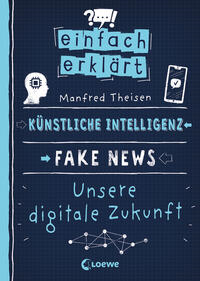Five Quills London
At Five Quills we believe reading should be fun and that humour and lively illustrations are key to developing life long readers. This is why our high-quality picture books and young fiction titles for children aged 3-9 years have well crafted, action-packed stories at their centre, integrated with engaging, imaginative pictures throughout. We take great pride in introducing readers to the fascinating world of science from a very young age. Our new eco-adventure series Lottie Loves Nature and the extremely successful Al's Awesome Science books draw in young readers with humorous stories about friendship and family, and fun, hands-on science experiments they can easily do at home. Lottie and Al encourage children to explore the natural world and help them understand that science is not confined to the classroom - it is everywhere!
View Rights Portal



























